15 Animals You Can’t Legally Kick Out of Your Home or Garden
Ever had an unexpected guest that you couldn’t just shoo away? Sometimes, nature takes up residence in our homes and gardens, and the law says they have every right to stay. Across the U.S., certain animals are protected by regulations designed to conserve wildlife and preserve ecosystems. Here’s a breakdown of 15 animals you might encounter—and why you’ll need to tread carefully when dealing with them.
Bats
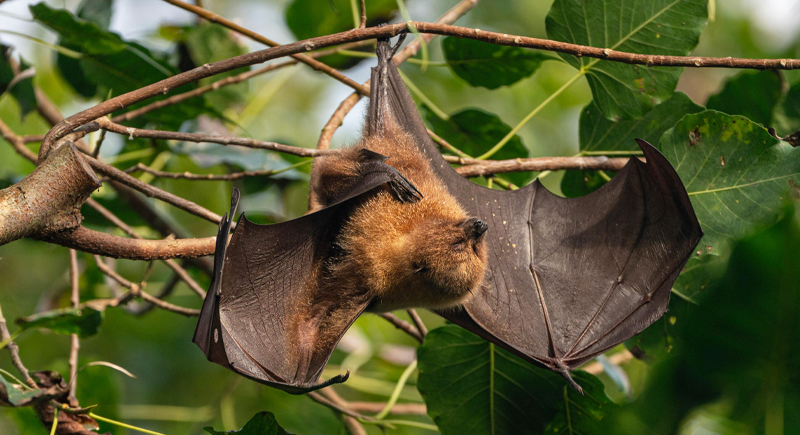
Credit: pexels
Bats are nature’s pest control, consuming thousands of insects each night. They’re also protected by law in many areas, especially during breeding seasons when colonies can’t be disturbed. If you have bats in your attic, you’ll need to consult wildlife specialists to manage their relocation responsibly.
Barn Owls

Credit: pexels
With their ghostly calls and sharp hunting skills, barn owls are mesmerizing. These birds are a farmer’s ally, keeping rodent populations in check. However, harming or disturbing their nests is strictly prohibited. If one decides to nest in your barn or tree, it’s best to leave them be—or call a conservation expert for advice.
Skunks

Credit: iStockphoto
Love them or fear them, skunks play a vital role in controlling garden pests. While their odor might make you want to move them far away, many states have laws protecting these critters. Removing them often requires professional help to avoid both legal trouble and a smelly outcome.
Frogs and Toads

Credit: pexels
These little amphibians are a gardener’s friend, feasting on insects that wreak havoc on plants. In many regions, frogs and toads are protected because their populations are declining. If you find one hopping through your yard, consider it a lucky charm for your garden’s health.
Great Crested Newts
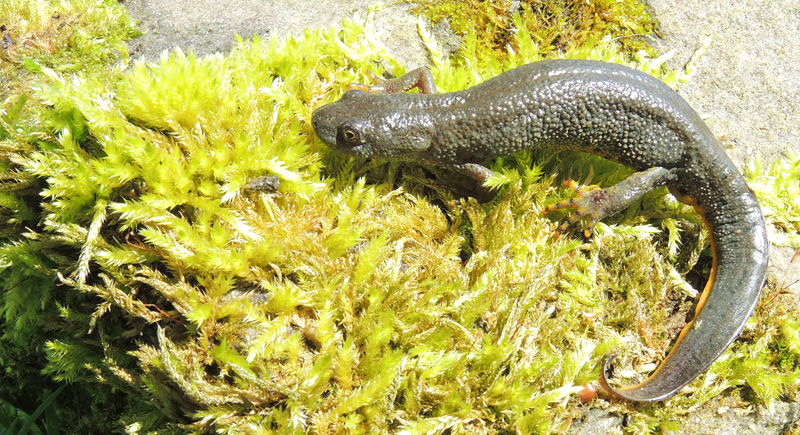
Credit: flickr
This striking amphibian may not be as common, but its conservation status makes it illegal to disturb or relocate them. They’re often found in ponds or damp areas, so if you’re lucky enough to spot one, enjoy the view but keep your distance.
Badgers
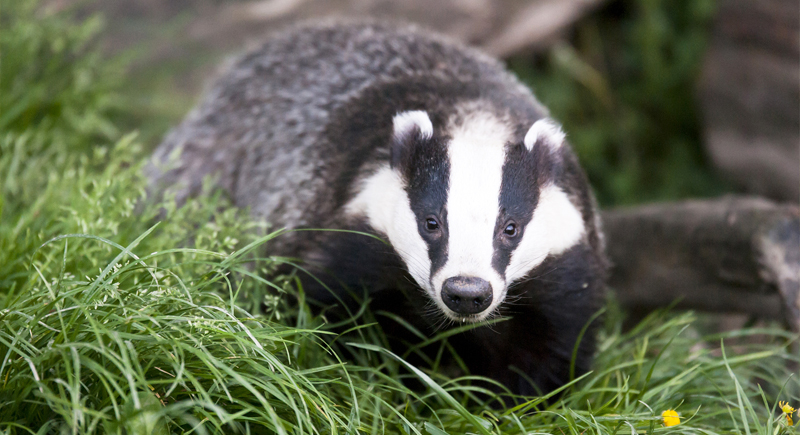
Credit: iStockphoto
Badgers are surprisingly misunderstood creatures. Their digging habits might not win them points with gardeners, but they’re important for controlling insects and small animals. Protected by wildlife laws in many areas, badgers can’t be relocated without special permits.
Beetles
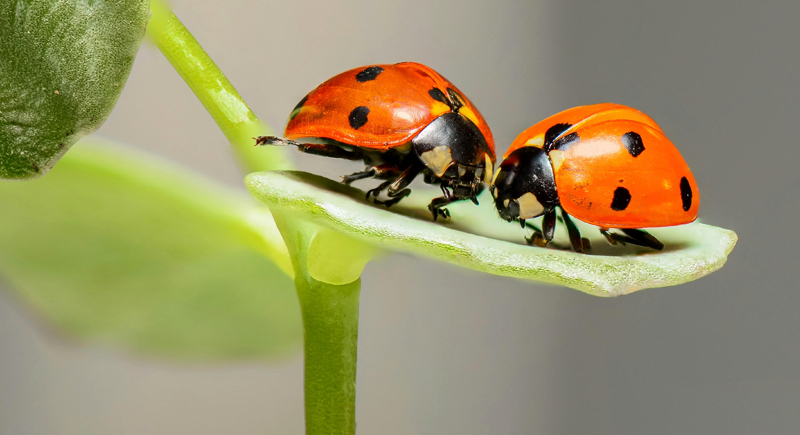
Credit: pexels
Not all beetles are protected, but certain species, like the American burying beetle, are federally listed as endangered. These tiny insects might seem insignificant, but they play a crucial role in pollination and decomposition. Handling them requires care and sometimes permits.
Squirrels
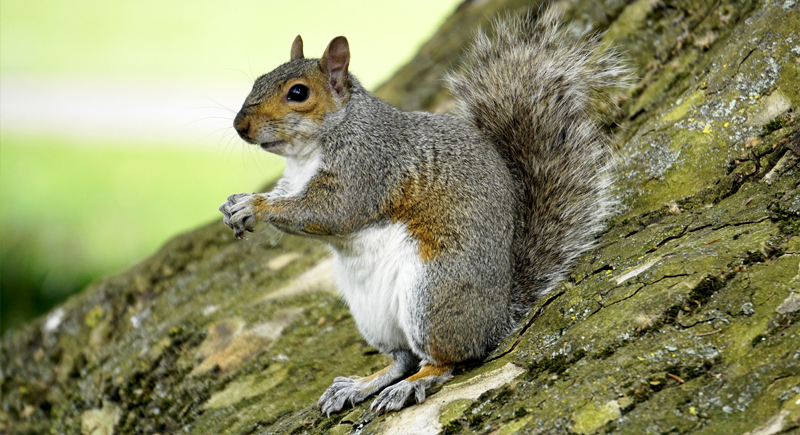
Credit: pexels
The backyard acrobatics of squirrels are fun to watch, but they can be a nuisance indoors. Depending on the species and location, squirrels may be protected by local laws. Humane solutions, like exclusion techniques, are your best bet for handling squirrel invasions.
Opossums

Credit: pexels
Opossums are nature’s cleanup crew, eating everything from pests to decaying organic matter. Despite their eerie appearance, they’re gentle creatures that are often misunderstood. Many areas restrict their removal, emphasizing coexistence as the best approach.
Snakes
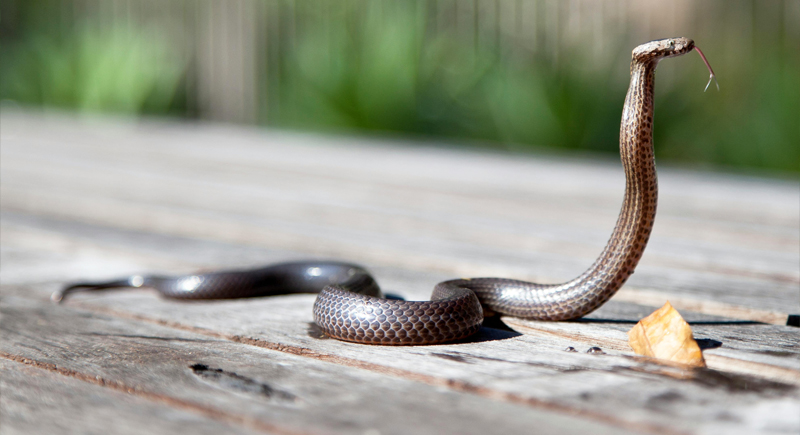
Credit: pexels
Snakes may give you a startle, but they’re incredibly beneficial. Certain species, especially those endangered or threatened, are legally protected. Even if they slither through your garden, it’s illegal to harm or relocate them without the proper authority.
Red Foxes

Credit: pexels
Sly and resourceful, red foxes are known to adapt well to human environments. These mammals are often protected to maintain their populations and prevent overhunting. If one frequents your property, admire from afar and let it do its part in balancing the ecosystem.
Raccoons

Credit: pexels
Raccoons are clever, curious, and—at times—a bit too comfortable around humans. Protected in many regions, they’re vital for pest control. Relocating raccoons is not only illegal in some places but can also harm the animal if not done properly. Call a professional if one becomes a regular visitor.
Northern Harriers
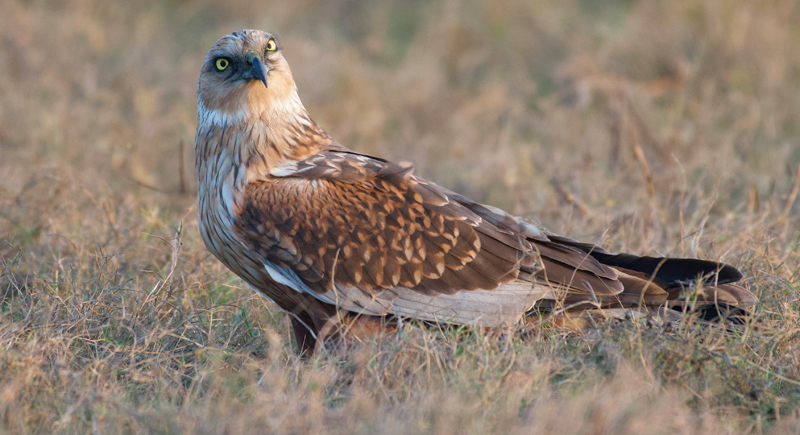
Credit: pexels
These graceful hawks are a thrill to watch, gliding low over fields and gardens in search of prey. Protected under federal laws, disturbing their nests or harming them is off-limits. Their presence is a sign of a healthy, thriving habitat.
Honeybees
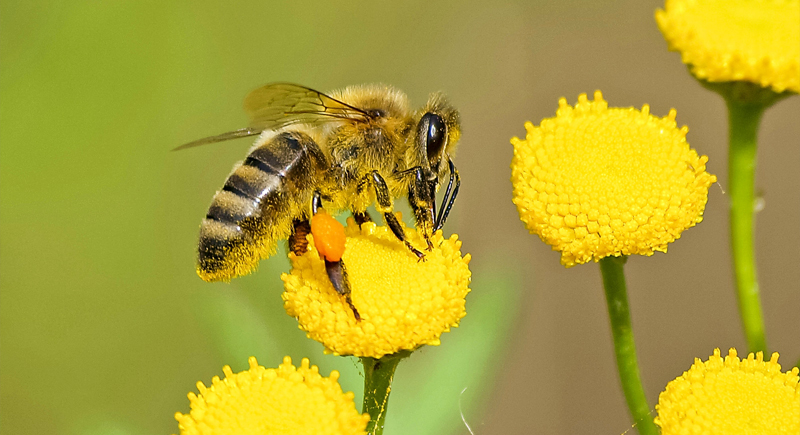
Credit: pexels
No animal is more emblematic of environmental health than honeybees. While not every bee is legally protected, honeybees are often safeguarded because of their critical role in pollination. If you find a hive on your property, a beekeeper can help relocate it without harm.
Salamanders

Credit: pexels
Salamanders might be shy, but they’re vital to soil health and pest control. Many species are protected due to habitat loss and declining populations. Removing or harming them can carry hefty fines, so it’s best to let them thrive undisturbed.